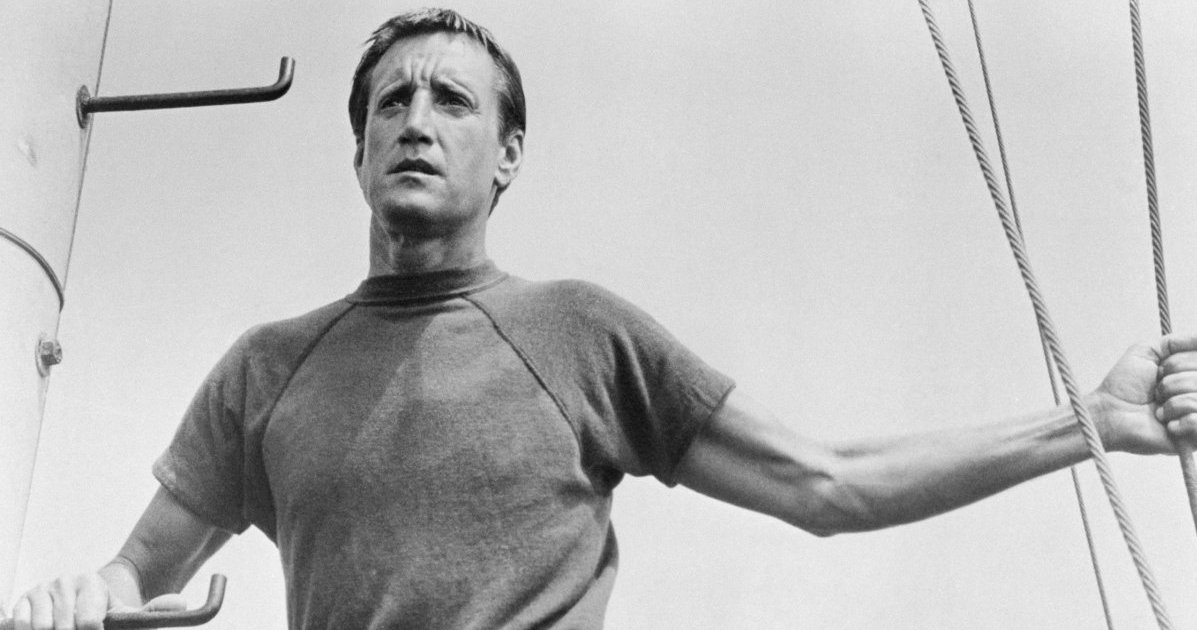A Cult Film Icon
- Late actor Roy Scheider, who died from multiple myeloma at 75, is remembered for one of the greatest movie lines of all time from 1975 thriller Jaws.
- Scheider was diagnosed with the blood cancer three years before his death and died at the University of Arkansas hospital, which specializes in the treatment of his type of cancer.
- A leading expert tells SurvivorNet about a newer therapy with highly advanced, aggressive cases of multiple myeloma where use of standard drugs have been exhausted: CAR T-cell therapy. Although the disease is considered incurable, patients who do the therapy are often able to return to work and live a full life.
Often referred to as an “unlikely hero,” Amity Island Chief of Police Brody has a mission to protect residents from a killer Great White lurking around the waters of the fictional island; and he’s afraid of the water.
Read MoreScheider’s line ranks number three on the Hollywood Reporter‘s list of “Hollywood’s 100 Favorite Movie Quotes” right after Humphrey Bogart’s “Here’s looking at you kid,” from Casablanca and “Frankly my dear, I don’t give a damn” from Gone With the Wind at number one. Memorable lines such as “I’m the King of the World” from Leonardo DiCaprio in Titanic and Al Pacino’s “Say hello to my little friend” from Scarface ranked 46 and 33.
At one point, Scheider had complained that his Jaws role would be on his tombstone. The New Jersey-born amateur boxer had expressed that he was most proud of his work in 1979’s All That Jazz. Having played Joe Gideon, a stand-in for Broadway choreographer Bob Fosse, Scheider had to learn how to dance.
"That will always be my favorite film," he told the San Jose Mercury News in 1999. "But I never worked harder in my life. I felt I had to prove myself to the dance company. I didn't want to misrepresent them. . . . I was in relatively good shape. But at the end of the day, I'd return to the Holiday Inn with my Tiger Balm."
The actor died at the University of Arkansas hospital, which specializes in the treatment of multiple myeloma. He was diagnosed with the disease three years before his death. Scheider was first married to film editor Cynthia Scheider, then remarried documentary filmmaker Brenda King.
What is Multiple Myeloma?
Multiple Myeloma is a blood cancer that forms in the plasma cells, which is a type of white blood cell. Cells grow out of proportion to the other cells. Currently, there is not a cure, but there are treatments to slow the spread of the disease.
“Some people come because they’re just tired, and a blood count shows that things are abnormal,” Dr. Nina Shah from UCSF tells SurvivorNet. “The plasma cells tend to take up space in the bone marrow, so sometimes patients will come to us with a new fracture or a new break in the bone somewhere in their body, or the myeloma cells can also produce proteins and cause you to have kidney failure.”
Related: Multiple Myeloma Symptoms
Dr. Shah says that patients come in with symptoms like being unable to go to the bathroom, which could be another symptom of the disease.
“Multiple myeloma can be classified into different stages,” she explains. “We tend to do it based on how risky the myeloma is, whereas other cancers will be staged based on how far the cancer has spread … so we will always look at the myeloma cells most often in the bone marrow, and look at DNA changes … the DNA can be different because there are parts of it that are missing, and this is what we call a deletion of a DNA part. And if that is true, that tends to put people in a high risk.”
It is important to know that this type of cancer is not a death sentence. “This is still considered an incurable disease, but we want to make sure we make people understand that it’s a disease that you can live withnot necessarily have to die of.”
Dr. Nina Shah Explains Multiple Myeloma
Promising Treatments for Advanced Multiple Myeloma
CAR T-cells are definitely showing good activity in more aggressive multiple myeloma. CAR T-cell therapy is a one-time treatment that is both a drug and procedure. A patient's immune system's T cells are extracted from their body, genetically modified in a lab to identify and attack cancer cells, and then put back into the body to do their work. This therapy is only for adult patients who have not responded to use of at least four different types of standard drugs for the disease, or if they have relapsed after use of the standard therapies.
Related: CAR T Cell Therapy Where and How to Access the Lifesaving 'Living Drug'
CAR T-cell therapy most commonly targets the "B-cell maturation antigen," or "BCMA."
"One of the nice advantages is that, so far, CAR T is a one-and-done therapy," Dr. Robert Orlowski, chair of the Department of Lymphoma and Myeloma at the MD Anderson Cancer Center, explains to SurvivorNet. "When the CAR Ts are reinfused, you don't have any additional chemotherapy afterward … and many of these patients who were quite sick at the beginning feel better after this than after any prior therapy they've had. Often they’re able to go back to work and have a full lifestyle.”
CAR-T Cell Therapy for Advanced Multiple Myeloma
Learn more about SurvivorNet's rigorous medical review process.






